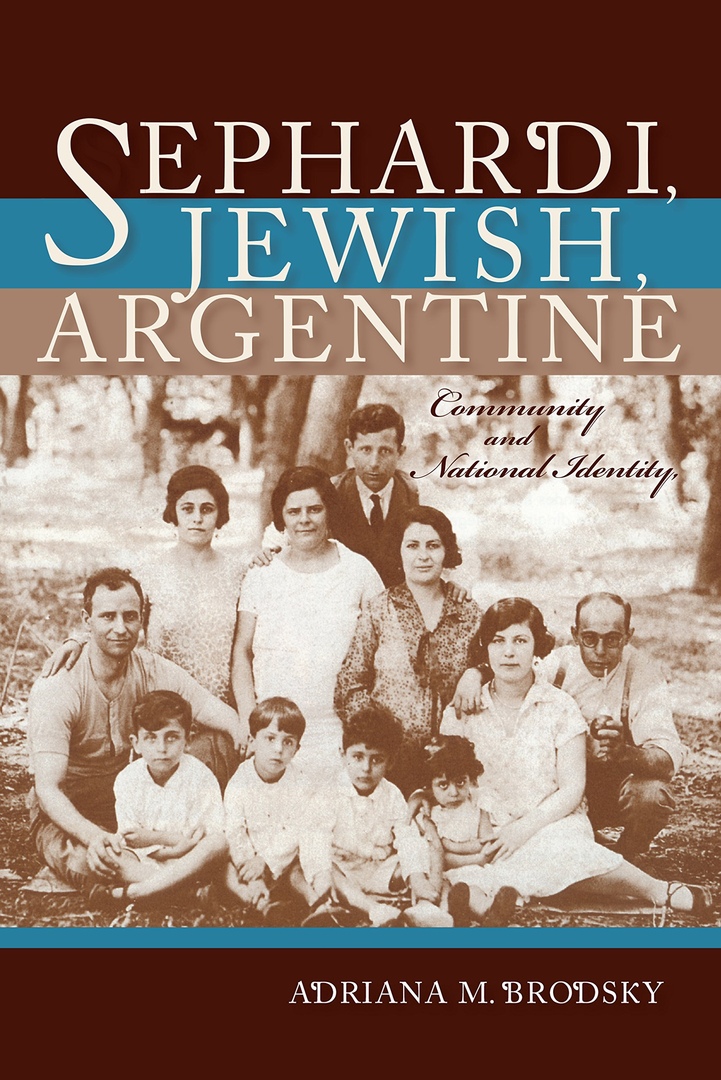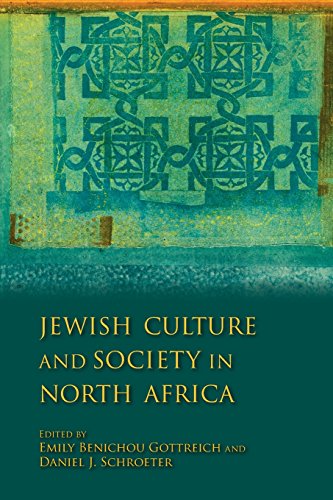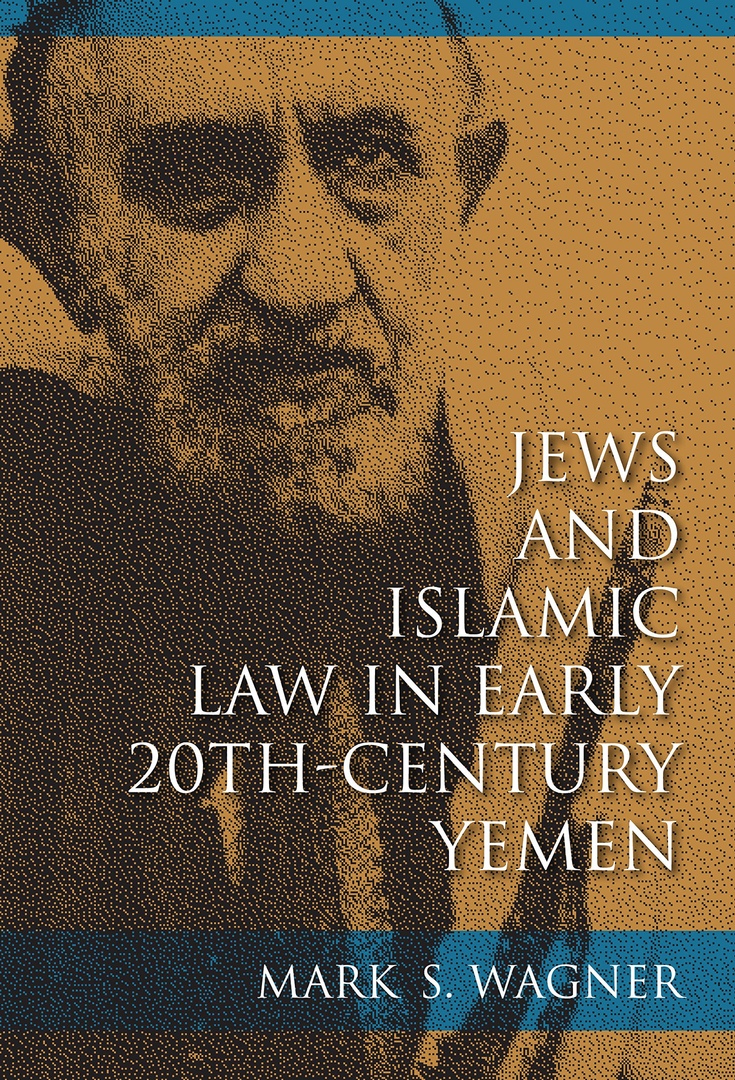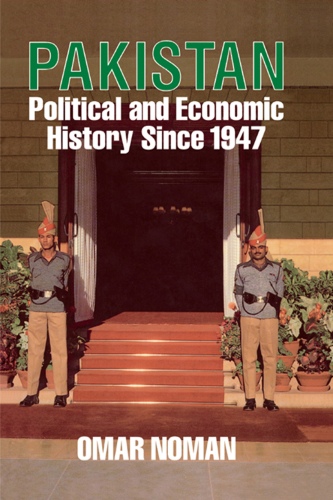Sephardi, Jewish, Argentine: Community and National
1) Sephardi, Jewish, Argentine: Community and National Identity, 1880-1960 – Adriana M. Brodsky
Indiana University Press | 2016 | PDF
At the turn of the 20th century, Jews from North Africa and the Middle East were called Turcos (“Turks”), and they were seen as distinct from Ashkenazim, not even identified as Jews. Adriana M. Brodsky follows the history of Sephardim as they arrived in Argentina, created immigrant organizations, founded synagogues and cemeteries, and built strong ties with coreligionists around the country. She theorizes that fragmentation based on areas of origin gave way to the gradual construction of a single Sephardi identity, predicated both on Zionist identification (with the State of Israel) and “national” feelings (for Argentina), and that Sephardi Jews assumed leadership roles in national Jewish organizations once they integrated into the much larger Askenazi community. Rather than assume that Sephardi identity was fixed and unchanging, Brodsky highlights the strategic nature of this identity, constructed both from within the various Sephardi groups and from the outside, and reveals that Jewish identity must be understood as part of the process of becoming Argentine.
2) On the Mediterranean and the Nile: The Jews of Egypt – Aimée Israel-Pelletier
Indiana University Press | 2018 | PDF
Aimée Israel-Pelletier examines the lives of Middle Eastern Jews living in Islamic societies in this political and cultural history of the Jews of Egypt. By looking at the work of five Egyptian Jewish writers, Israel-Pelletier confronts issues of identity, exile, language, immigration, Arab nationalism, European colonialism, and discourse on the Holocaust. She illustrates that the Jews of Egypt were a fluid community connected by deep roots to the Mediterranean and the Nile. They had an unshakable sense of being Egyptian until the country turned toward the Arab East. With Israel-Pelletier’s deft handling, Jewish Egyptian writing offers an insider’s view in the unique character of Egyptian Jewry and the Jewish presence across the Mediterranean region and North Africa.
3) Jewish Culture and Society in North Africa – Emily Benichou Gottreich, Daniel J. Schroeter
Indiana University Press | 2011 | PDF
With only a small remnant of Jews still living in the Maghrib at the beginning of the 21st century, the vast majority of today’s inhabitants of North Africa have never met a Jew. Yet as this volume reveals, Jews were an integral part of the North African landscape from antiquity. Scholars from Morocco, Algeria, Tunisia, Israel, and the United States shed new light on Jewish life and Muslim-Jewish relations in North Africa through the lenses of history, anthropology, language, and literature. The history and life stories told in this book illuminate the close cultural affinities and poignant relationships between Muslims and Jews, and the uneasy coexistence that both united and divided them throughout the history of the Maghrib.
4) Jews and Islamic Law in Early 20th-Century Yemen – Mark S. Wagner
Indiana University Press | 2014 | PDF
In early 20th-century Yemen, a sizable Jewish population was subject to sumptuary laws and social restrictions. Jews regularly came into contact with Islamic courts and Muslim jurists, by choice and by necessity, became embroiled in the most intimate details of their Jewish neighbors’ lives. Mark S. Wagner draws on autobiographical writings to study the careers of three Jewish intermediaries who used their knowledge of Islamic law to manipulate the shari‘a for their own benefit and for the good of their community. The result is a fresh perspective on the place of religious minorities in Muslim societies.
5) Bukharan Jews and the Dynamics of Global Judaism – Alanna E. Cooper
Indiana University Press | 2012 | PDF
Part ethnography, part history, and part memoir, this volume chronicles the complex past and dynamic present of an ancient Mizrahi community. While intimately tied to the Central Asian landscape, the Jews of Bukhara have also maintained deep connections to the wider Jewish world. As the community began to disperse after the fall of the Soviet Union, Alanna E. Cooper traveled to Uzbekistan to document Jewish life before it disappeared. Drawing on ethnographic research there as well as among immigrants to the US and Israel, Cooper tells an intimate and personal story about what it means to be Bukharan Jewish. Together with her historical research about a series of dramatic encounters between Bukharan Jews and Jews in other parts of the world, this lively narrative illuminates the tensions inherent in maintaining Judaism as a single global religion over the course of its long and varied diaspora history.
 1 / 5
1 / 5 2 / 5
2 / 5 3 / 5
3 / 5 4 / 5
4 / 5 5 / 5
5 / 5

